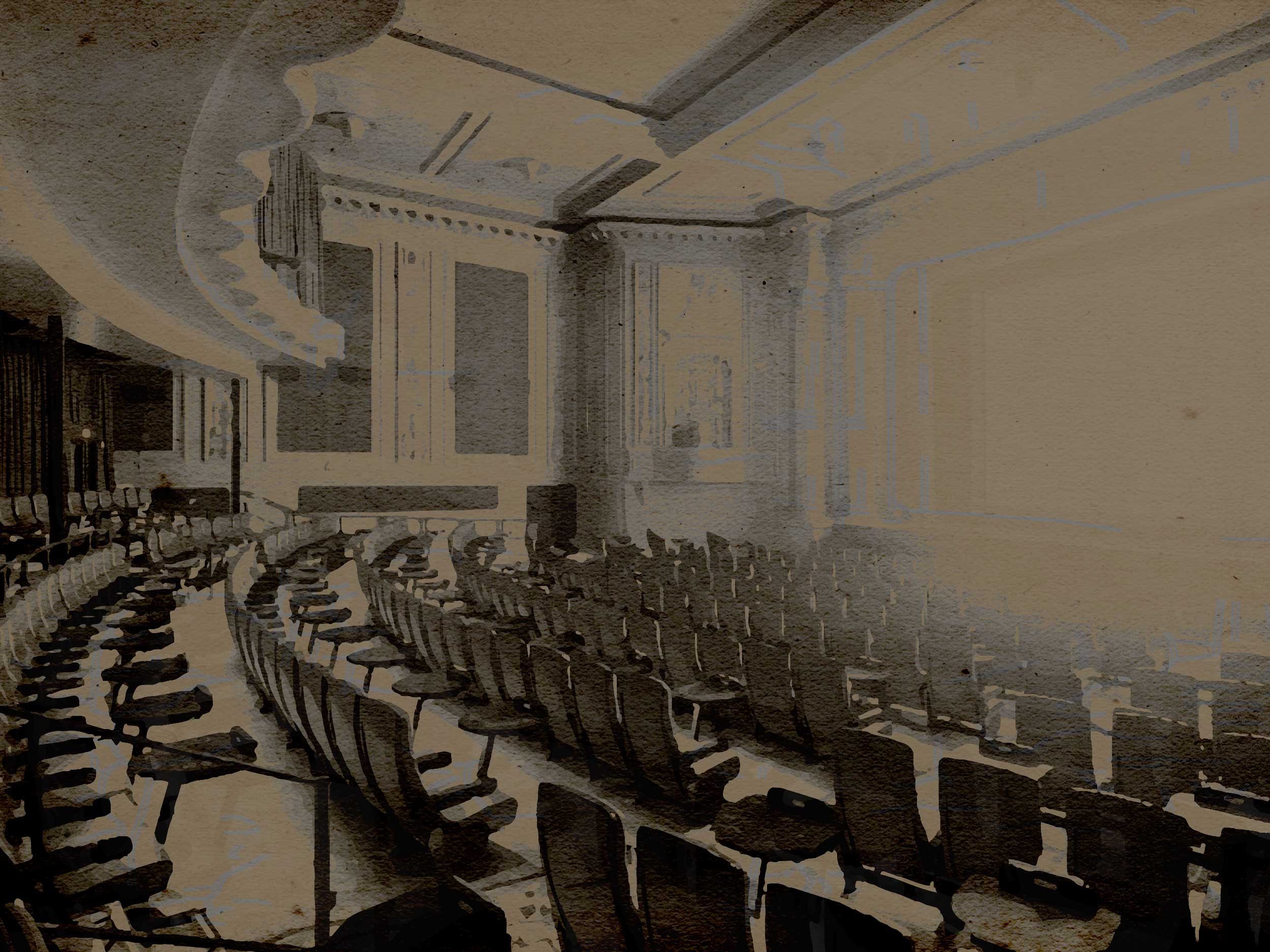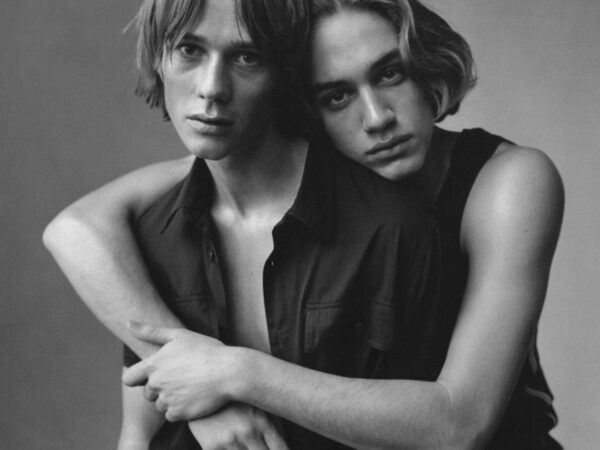Movies have always reshuffled the past—and while today’s stories might not be new, they’re being told differently
Go to the movies these days, and you’ll find screens dripping with concepts so old it’s a wonder they can even work up the energy to ooze. The School for Good and Evil is a transparent Harry Potter knockoff. Halloween Ends is the latest in a horror franchise that has been staggering forward with little innovation or enthusiasm since 1978. Wakanda Forever is based on Jack Kirby’s character, Black Panther, who first appeared in 1966. Black Adam, portrayed by Dwayne “The Rock” Johnson in the very loud, very confused Warner Bros. movie of the same name, was created almost eight decades ago. It makes you wonder about who is more crotchety: the cranky critic demanding that kids get their new films off his lawn, or the kids hobbling away with their geriatric screen product.
“Hollywood… doesn’t seem all that keen on producing new stories anymore,” critic James Greig lamented. It’s a common complaint. Each of these boring franchise placeholders, as another writer fumed, is “totally unoriginal, feebly plotted, instantly forgettable, and an acoustic nightmare.” The critic in question is J.G. Ballard, and he was writing not about our current crop of films, but about Star Wars, released in 1977. It’s almost as if complaints about unoriginality in film are… well, unoriginal.
The thing is, Ballard wasn’t wrong. Star Wars was a very derivative movie, which lifted ideas and imagery from Kurosawa’s samurai films, Nazi propaganda movie Triumph of the Will, John Ford’s The Searchers, and old Hollywood adventure serials, to name just a handful of his well-known influences.
You could argue that Star Wars was, at least, a unique, patched-together hybrid cyborg of earlier movies. It wasn’t just a sequel or a franchise using decades-old characters. The unoriginality then was at least more original than the unoriginality now—right?
I’ve certainly heard this argument before. But I’m not convinced.
Sequels have, after all, been around for a good, long time. Star Wars itself famously spawned many. But it was hardly alone. The James Bond franchise started in 1963, and currently includes 27 films. The first Superman film, Superman and the Mole Men, appeared in 1951. Many of the most critically-celebrated movies in history—Hitchcock’s Psycho (1960), Kubrick’s 2001: A Space Odyssey (1968), Coppola’s The Godfather (1972)—spawned sequels.
“Why is old always the new new? The obvious answer is that people like to be told stories—and to retell stories—they’ve already heard, with their own twist.”
Remakes are commonplace, too. The noir Body Heat (1981) was an updating (or doubling, if you will) of Double Indemnity (1944). The Magnificent Seven (1960) was an Americanization of Kurosawa’s Seven Samurai (1954). And just about every other movie, historically, has been an adaptation of a book, from Gone With the Wind to The Wizard of Oz to Jaws to Princess Bride to The Fellowship of the Ring and on and on.
Even in terms of genre, it’s hard to argue that we’re in a compulsively backward-looking time. Yes, superhero films featuring characters from more than a half-century ago dominate the box office. But Westerns were equally retro. Between 1910 and 1960, about 25 percent of all films were Westerns. Those movies focused on characters, archetypes, and events from the 1850s to the 1890s. In other words, they were about a period decades earlier.
Why is old always the new new? The obvious answer is that people like to be told stories—and to retell stories—they’ve already heard, with their own twist. Shakespeare, Hans Christian Anderson, and Homer—to name just three well-known figures—mostly used plots that came to them second-hand, rather than creating stories out of whole cloth. A new tale is just one person’s story. But an old tale speaks to everyone.
Capitalist incentives give the old even more of a boost. The last James Bond film functions as an advertisement for the new one; if you want to see some manly good spies shoot some twisted bad spies and sleep with sexy women, you know where to go.
Similarly, people who like Westerns want to see more Westerns. If you grew up loving Batman, you know you want to see Batman in a movie. Familiarity breeds interest. Making movies is expensive; you want your audience to be invested before you start, if possible. Telling them a story they know they like, or using characters they know they love, is a good way to get a head start on ticket sales.
The question, then, isn’t whether your films are new or old, but how you make the old your own. And, in this respect, our current era of superhero franchises and compulsive serialization really is new.
“Rather than complaining about a lack of original stories, it might be more useful to ask what all our retellings say about who we think we’ve been, and what that means for who we want to be in a future that will, no doubt, look somewhat like our familiar present.”
The Marvel Cinematic Universe, inspired by comic books, has figured out a way to create an apparently-endless series of interconnected movies which both stand alone and form part of a broader narrative. Characters from one film appear in other films and TV shows. Plot points are seeded in earlier movies and picked up in others. It’s an impressive logistical achievement, extending the tricks of franchise sequels past to create a genuinely new movie experience. Nostalgia has never worked quite like this before. To be clear, saying that the MCU is different is not quite the same thing as saying that it’s good. McDonald’s was a pioneer in franchise structure and food standardization. But that doesn’t mean that McDonald’s makes great meals.
Whether or not you like the MCU, its innovations are interesting. As the United States has staggered through an escalating series of fumbles and traumas—lost wars, economic catastrophe, fascistic crises, a global pandemic—its movie screens have played the same old message. Beings of incredible power project nobility and violence in an unbroken triumph, from World War II to the present. And most of those beings, not coincidentally, are Americans.
Less bleakly, movies today—including but not limited to superhero films—are much more aware of, and willing to include, women, queer people, and people of color. The old Westerns almost never featured Black people or native people or Hispanic people as heroes. But now, we have movies like Wakanda Forever and Prey, in which white people don’t erase everyone else from the landscape of the past. Yesterday looks different when the same people aren’t able to uniformly define it.
The ‘new’ in art is hardly ever actually new; it just has a different relationship to the past. Rather than complaining about a lack of original stories, it might be more useful to ask what all our retellings say about who we think we’ve been, and what that means for who we want to be in a future that will, no doubt, look somewhat like our familiar present.


















